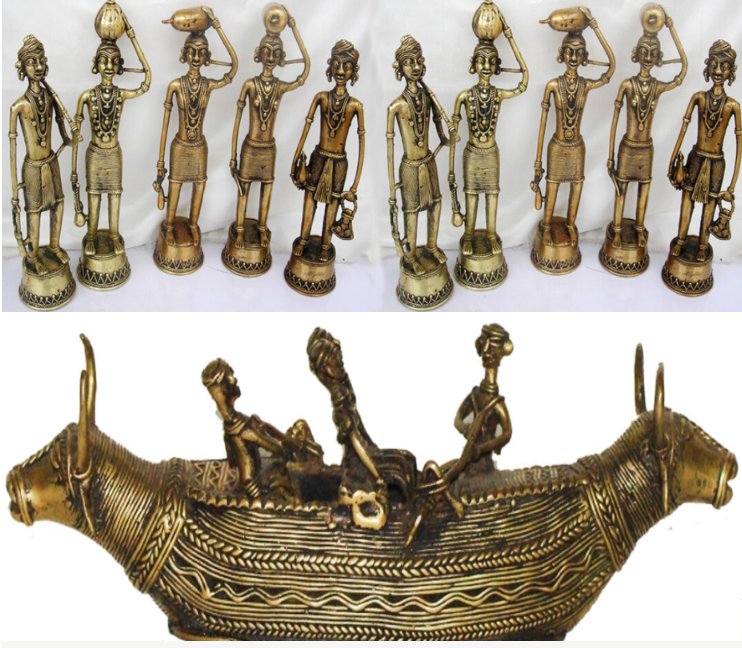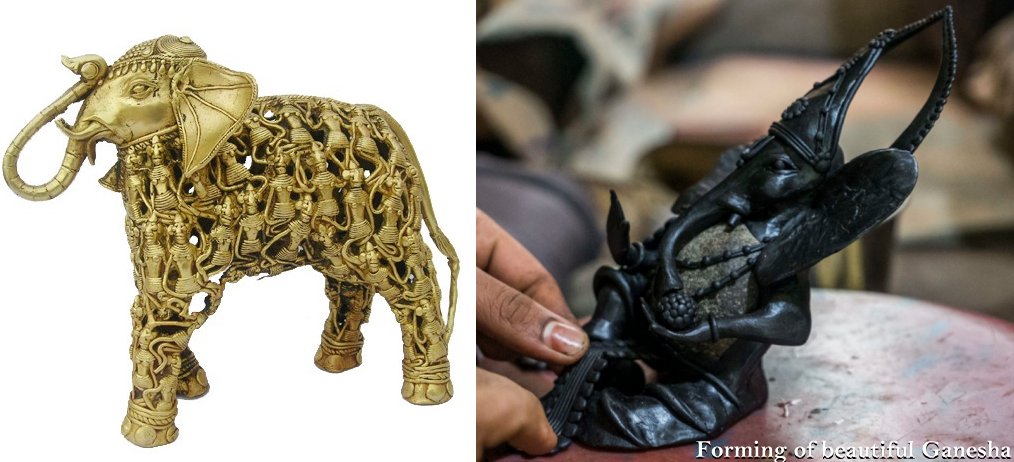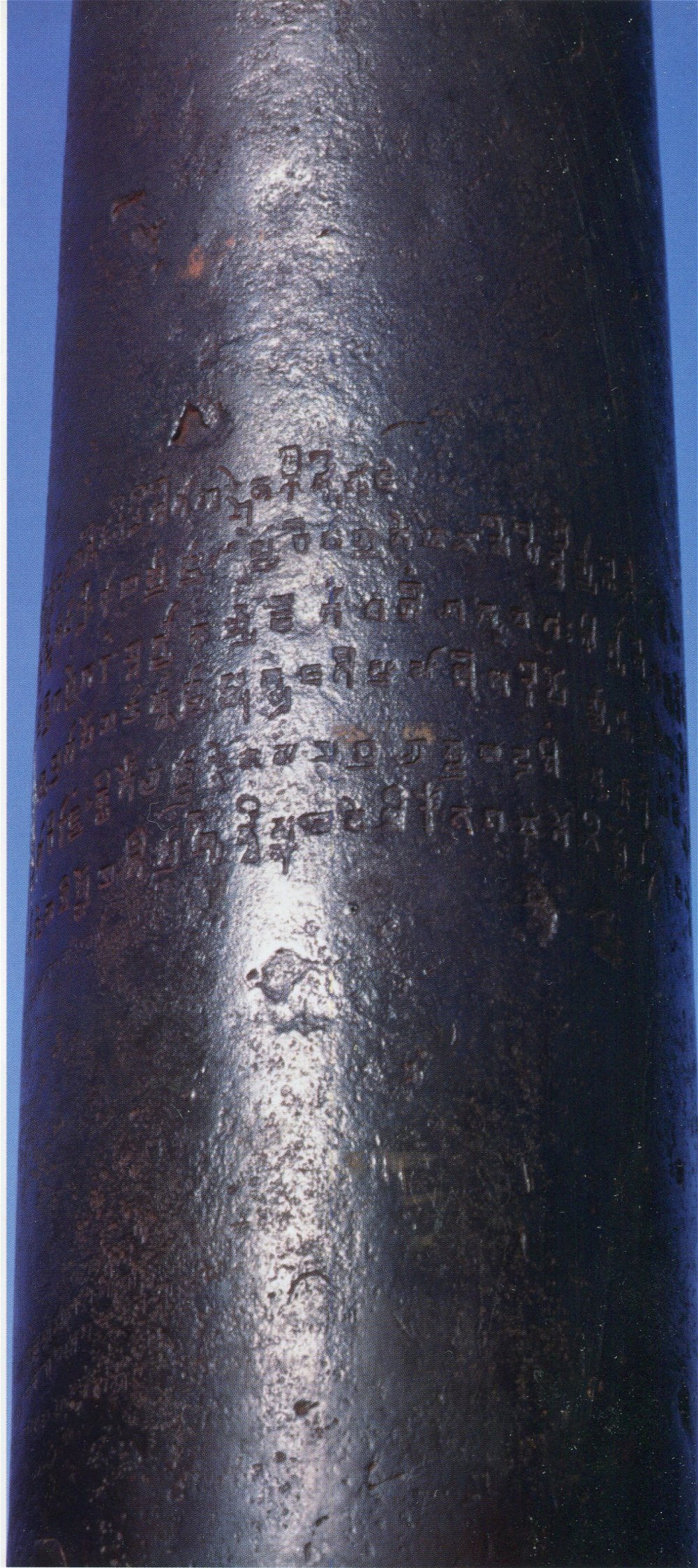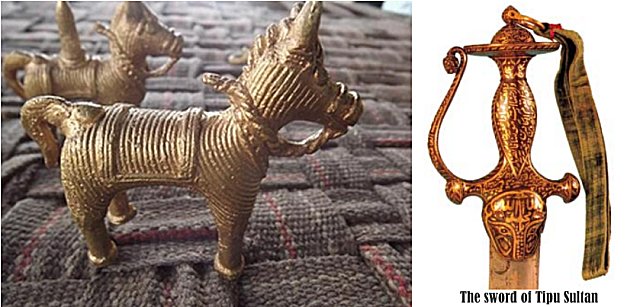Telangana And Great Ancient Iron Masterwork Of Skilled Blacksmiths Of India
A. Sutherland - AncientPages.com - India has been widely known for its iron and steel since ancient times.
The Indian state of Telangana, located on the Deccan Plateau, in southern India, is most probably be a cradle of the great tradition of metallurgy. Iron Age may have come into existence in this particular region of India much before the rest of the world.
Telangana Metal Crafts. Image credits: telanganatourism.gov.in
Skilled metallurgists of India are famous. Their great masterwork is for example - the Delhi Iron Pillar, a spectacular column of cast iron 23 feet (7 meters) high, weighing approximately 6 tons with a diameter of 16.4 inches stands in the courtyard of Kutb Minar in Delhi, India. It’s famous for the rust-resistant composition of the metals used in its construction.
There are numerous early literary references to steel from India from Mediterranean sources including one from the time of Alexander (3rd c. BC.)
Blacksmiths In Ancient India
Ancient Indians produced iron capable of withstanding corrosion, most likely due to the high phosphorus content of the iron produced during those times.
The blacksmiths of Northern Telangana, like most of the blacksmith communities of south India, fall within the Viswakarma (the Hindu god of arts and crafts) caste group and comprises five craft communities; blacksmiths, goldsmiths, bronze-smiths, carpenters, and stonemasons or sculptors.
Recently archaeologists unearthed several artifacts, including small knives and blades besides earthen pots dating back to about 2,200 BC, which pushes back Iron Age in India.
According to experts who tested the metal objects at the National Geophysical Research Institute (NGRI) date them to between 1800 BC and 2,400 BC, which means their approximate date of manufacturing is 2200 BC.
Ancestral bell metal craft from Telangana. Photo credits: © 2015 Telangana Tourism
“In India, it was understood that the Iron Age came into being around 1,800 BC in the Lahuradeva site in Uttar Pradesh. But this latest development shows that the Iron Age started much before that, at least in our country,” according to Prof KP Rao who said that “it only goes to show that our ancestors had a rudimentary yet good knowledge about wielding weapons made of metals.
The column – made up of 98% wrought iron of impure quality – not in any way welded together – seems to have been forged as a single, gigantic piece of iron. It is believed that the top of the column originally supported a figure of Garuda – “Messenger of the Gods”
Telangana state is one of several states, in which skilled metalsmiths live and work. They specialize in a very beautiful form of ancient bell metal craft known as Dhokra (or Dokra) and their work concentrates in the village is located about 59 km from Adilabad district headquarters and nearly 264 km from Hyderabad.
Left: Generations’ long Docra (Dhokra ) craft tradition – has the amazing feature that the pieces are crafted out of a single piece of metal and have no joints. Right: Wootz steel was highly prized across several regions of the world over nearly two millennia and one typical product made of this Indian steel came to be known as the Damascus swords. A splendid example is the sword of Tipu Sultan.
Telangana's tribal metal craft is also known as Ojjis who makes brass metal art objects using the complex but the perfect lost wax technique for the casting of the metal.
Method Of Making Dokra
The technique of lost wax casting is being practiced in India for more than 4000 years and even to this day, it is in use by these craftsmen. This was clearly observed in the objects recovered from the ruins of Mohenjo-Daro. These Dokra artifacts are mainly made in brass and are highly unique wherein the pieces do not have any form of joints. The whole object is fully handcrafted.
The method of making Dokra is done by combining the metallurgical skills with that of the lost wax technique. The handicrafts are known for combining metallurgical skills with a wax technique for making artifacts of distinctive look and beauty. The lost-wax technique is a distinct form where the mold is used only once and broken, which makes the figure one of its kind in the handicraft market.
There are two processes of lost wax casting. The first one is Solid casting which is the method followed in the South and hollow casting, practiced in other states. The hollow casting method makes use of the clay core method, treated as the traditional method.
This workmanship is practiced by the Woj community, who create the idols and figures. There are about 50 families in the Adilabad district who are skilled in this ancestral craft.
At first, the skilled artist makes a clay core, which is filled with bee’s wax and resin and shaped, then it is covered with clay and there are drains made on the mold so the wax can be drained after the mold is heated.
Subsequently, the wax is replaced by molten brass, gold, bronze, or silver which is left for hardening inside the mold. Then the mold is removed for retrieving the object inside and finally, the object is polished. The entire process takes weeks to complete depending on the complexity of the sculpture.
The designs made are metal figurines, elephants, folk motifs, peacocks, horses, and also household articles such as measuring bowls.
Dhokra represents the exquisite variety and glory of Telangana’s master handicrafts.
Written by – A. Sutherland AncientPages.com Staff Writer
Copyright © AncientPages.com All rights reserved. This material may not be published, broadcast, rewritten or redistributed in whole or part without the express written permission of AncientPages.com
Expand for references
More From Ancient Pages
-
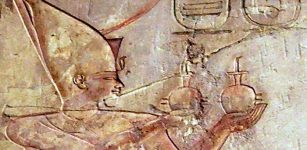 Newly Unearthed Colossal Statue Probably Depicts King Psammetich I And Not Ramses II
Archaeology | Mar 17, 2017
Newly Unearthed Colossal Statue Probably Depicts King Psammetich I And Not Ramses II
Archaeology | Mar 17, 2017 -
 The Untold Story Of The Inca – Fire In The Sky – Part 1
Civilizations | Jul 2, 2019
The Untold Story Of The Inca – Fire In The Sky – Part 1
Civilizations | Jul 2, 2019 -
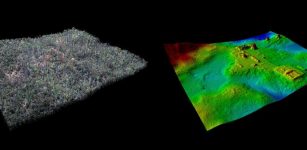 LIDAR Technology Reveals Secrets Of Ancient Maya Civilization
Archaeology | Feb 3, 2018
LIDAR Technology Reveals Secrets Of Ancient Maya Civilization
Archaeology | Feb 3, 2018 -
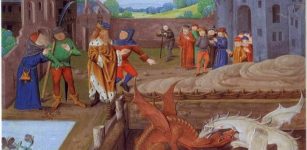 Magical Dinas Emrys – Battle Of The Dragons And Merlin’s Hidden Treasure
Featured Stories | May 21, 2019
Magical Dinas Emrys – Battle Of The Dragons And Merlin’s Hidden Treasure
Featured Stories | May 21, 2019 -
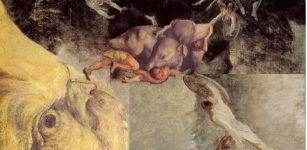 Scylla And Charybdis – Legendary Greek Sea Monsters – Choosing The Lesser Of Two Evils
Featured Stories | Jan 15, 2021
Scylla And Charybdis – Legendary Greek Sea Monsters – Choosing The Lesser Of Two Evils
Featured Stories | Jan 15, 2021 -
 Was The Legendary Tree Of Life Located In The Grove Of Eridu?
Featured Stories | May 19, 2016
Was The Legendary Tree Of Life Located In The Grove Of Eridu?
Featured Stories | May 19, 2016 -
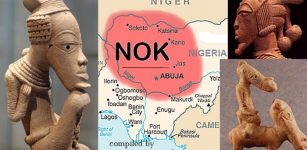 Enigmatic Nok Culture: A Sub-Saharan Archaeological Puzzle
Civilizations | Mar 7, 2020
Enigmatic Nok Culture: A Sub-Saharan Archaeological Puzzle
Civilizations | Mar 7, 2020 -
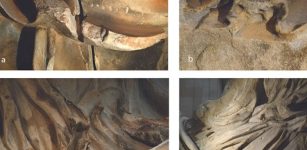 True Colors Of The Parthenon Sculptures Revealed In New Study
Artifacts | Oct 12, 2023
True Colors Of The Parthenon Sculptures Revealed In New Study
Artifacts | Oct 12, 2023 -
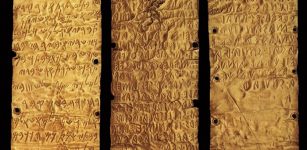 Pyrgi Gold Tablets: A Rare Ancient Bilingual Treasure
Artifacts | Nov 23, 2018
Pyrgi Gold Tablets: A Rare Ancient Bilingual Treasure
Artifacts | Nov 23, 2018 -
 Secrets Of The Chephren Pyramid And Its Unknown Mysterious Force
Featured Stories | Mar 20, 2015
Secrets Of The Chephren Pyramid And Its Unknown Mysterious Force
Featured Stories | Mar 20, 2015 -
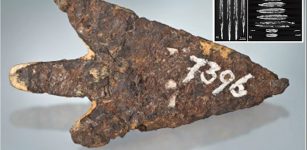 Arrowhead Made Of Meteoritic Iron From The Late Bronze Age Settlement Of Mörigen, Switzerland – Examined
Archaeology | Aug 1, 2023
Arrowhead Made Of Meteoritic Iron From The Late Bronze Age Settlement Of Mörigen, Switzerland – Examined
Archaeology | Aug 1, 2023 -
 Oldest Human Remains From Puerto Rico Reveal A Complex Cultural Landscape Since 1800 BC
Archaeology | Apr 27, 2023
Oldest Human Remains From Puerto Rico Reveal A Complex Cultural Landscape Since 1800 BC
Archaeology | Apr 27, 2023 -
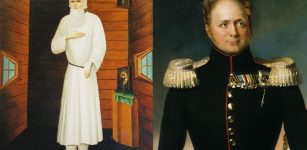 Mystery Of Feodor Kuzmich – Did Tsar Alexander I Fake His Death?
Featured Stories | Mar 23, 2020
Mystery Of Feodor Kuzmich – Did Tsar Alexander I Fake His Death?
Featured Stories | Mar 23, 2020 -
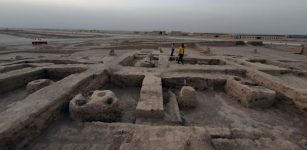 Ancient Parthian City With Hundreds Of Artifacts Unearthed In Iraq
Archaeology | Aug 16, 2022
Ancient Parthian City With Hundreds Of Artifacts Unearthed In Iraq
Archaeology | Aug 16, 2022 -
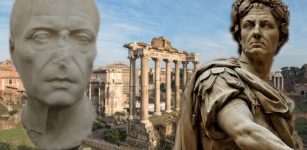 Cato The Younger – Mortal Enemy Of Julius Caesar Was A Man Who Hated Luxury, New Ideas And Was Immune To Bribes
Featured Stories | Apr 17, 2021
Cato The Younger – Mortal Enemy Of Julius Caesar Was A Man Who Hated Luxury, New Ideas And Was Immune To Bribes
Featured Stories | Apr 17, 2021 -
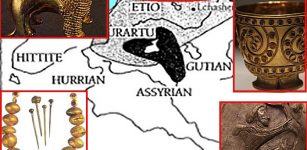 Trialeti Culture: Ancient Caucasian People Who Still Hold Their Secrets
Civilizations | Jul 8, 2017
Trialeti Culture: Ancient Caucasian People Who Still Hold Their Secrets
Civilizations | Jul 8, 2017 -
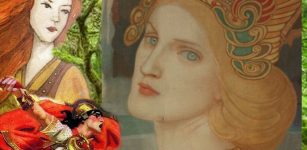 Aoife: Beautiful Female Warrior, Lover Of Cuchulainn And Mother Of His Only Son In Irish Beliefs
Celtic Mythology | Mar 18, 2019
Aoife: Beautiful Female Warrior, Lover Of Cuchulainn And Mother Of His Only Son In Irish Beliefs
Celtic Mythology | Mar 18, 2019 -
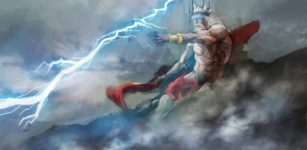 Zeus – ‘Cloud Collector’, God Of Order, Law And Justice – Most Powerful God Of Olympian Pantheon
Featured Stories | Jan 3, 2019
Zeus – ‘Cloud Collector’, God Of Order, Law And Justice – Most Powerful God Of Olympian Pantheon
Featured Stories | Jan 3, 2019 -
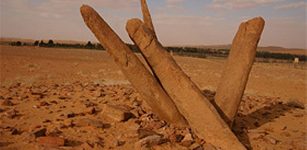 Stones Of Rajajil – Sophisticated Road Markers Or An Ancient Astronomical Observatory?
Civilizations | May 21, 2017
Stones Of Rajajil – Sophisticated Road Markers Or An Ancient Astronomical Observatory?
Civilizations | May 21, 2017 -
 Amergin: First Druid And ‘Wondrously Born’ Son Of Mil, Founder Of Poetry, Was Judge In Irish Mythology
Celtic Mythology | Mar 3, 2022
Amergin: First Druid And ‘Wondrously Born’ Son Of Mil, Founder Of Poetry, Was Judge In Irish Mythology
Celtic Mythology | Mar 3, 2022

